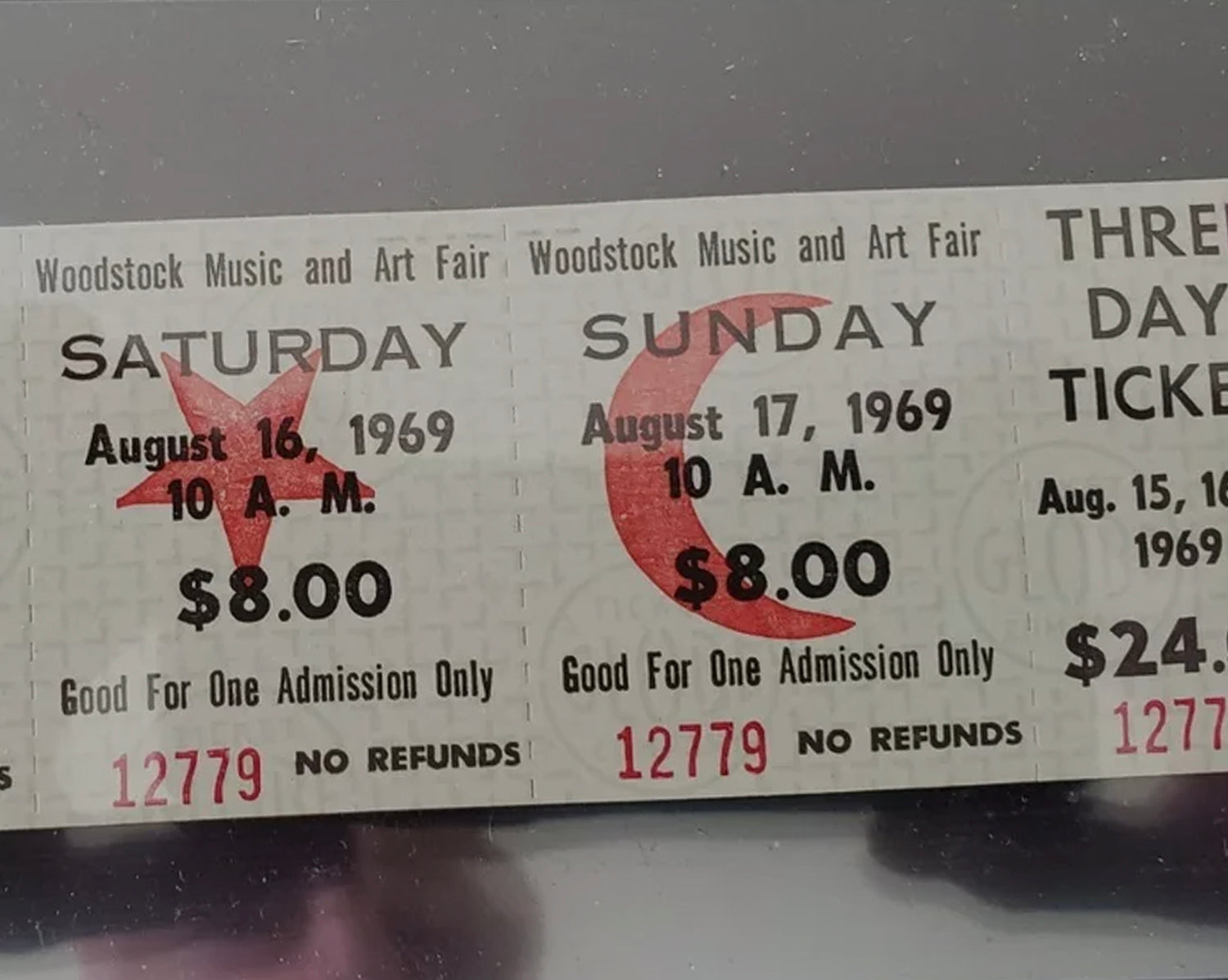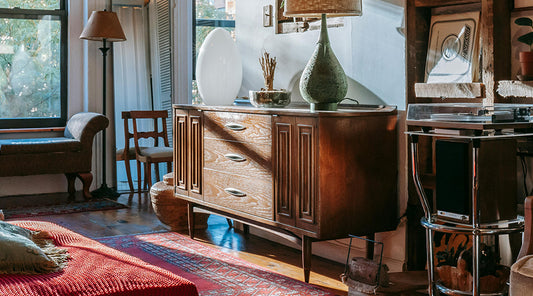
Environmental Sustainability and Vintage for a Green Future
The concept of environmental sustainability has become increasingly central to people's daily choices, and the world of vintage represents a concrete response to this need. Opting for vintage means not only an aesthetic or nostalgic choice, but a real action in favor of the environment. Vintage objects , in fact, promote reuse, reduce waste and contribute to a decrease in the production of new goods, with a consequent saving of natural resources and energy.
Why is Vintage Sustainable?
The concept of environmental sustainability is based on the ability to meet the needs of the present without compromising the ability of future generations to meet their own needs. This principle is perfectly reflected in the purchase of vintage items, which do not require new resources to be produced. Each vintage item, whether clothing, furniture or accessories, represents an existing resource that is reused, thus reducing the demand for new materials and the energy needed to produce them.
Buying vintage at flea markets also means reducing waste. Every year, millions of tons of clothes, furniture and various objects end up in landfills, contributing to pollution and soil saturation. By choosing vintage, you extend the useful life of objects, reducing the amount of waste produced.
The Role of Vintage in Sustainable Fashion
Fashion is one of the most polluting industries in the world, with a significant impact on the environment in terms of resource consumption, carbon emissions and waste production. Fast fashion, with its mass production and extremely short product life cycles, is a major culprit. However, buying vintage clothing offers a practical and sustainable alternative.
Vintage clothing, often made with high-quality materials and with special attention to detail, is made to last. This contrasts with the disposable mentality of fast fashion and promotes a more conscious consumer culture. Furthermore, each vintage piece has a story, a value that goes beyond the simple fabric, making each purchase a unique and personal experience.
Vintage in Interior Design: A More Sustainable Environment
Vintage furniture isn’t just an aesthetic trend; it’s also an eco-friendly choice. Buying vintage furniture means avoiding the production of new furniture, which often involves the use of unsustainable wood and the consumption of large amounts of energy. Vintage furniture was made in times when durability was key, and is often made from high-quality, natural materials.
Incorporating vintage furniture and accessories into your interiors, such as ashtrays , lamps, and vintage posters, not only adds a touch of style and personality, but also contributes to a circular economy, where objects are reused, repaired, and reinterpreted rather than discarded. This approach reduces the demand for new resources and promotes a more sustainable consumer mindset.
The Economic and Social Benefits of Vintage
In addition to the environmental benefits, going vintage can also have economic and social benefits. Vintage items are often more affordable than new, high-quality products, making style and sustainability accessible to a wider audience. Additionally, buying vintage often supports local small businesses, thrift stores, and specialty shops, contributing to the local economy and community.
Vintage also promotes diversity and creativity in consumption. While mass-produced products tend to homogenize style, vintage allows you to express your personality in a unique and distinctive way. Each vintage piece is one of a kind, and owning it means having something that cannot be found elsewhere.
Conclusion: Vintage as a Conscious Choice
In conclusion, vintage is not just a matter of fashion or aesthetics, but represents a conscious choice towards a more sustainable future. By integrating vintage objects and clothes into our daily lives, we contribute to reducing the environmental impact, support the local economy and enhance quality and durability. Environmental sustainability also passes through our consumer choices, and vintage is one of the most valid options for those who want to combine style, history and respect for the environment.
Read the other articles on the Dispensa Vintage blog !










